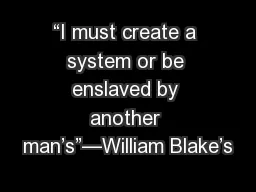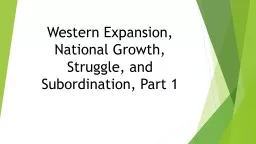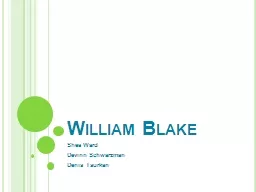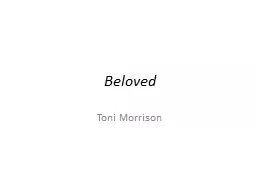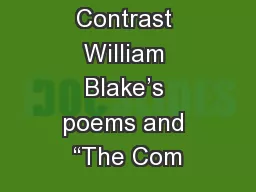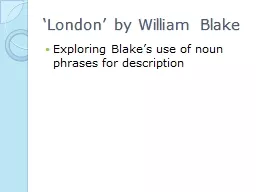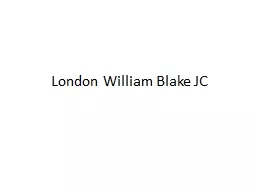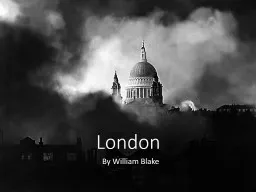PPT-“I must create a system or be enslaved by another man’s”—William Blake’s
Author : test | Published Date : 2018-10-27
Jerusalem William blake 17571827 The Simple Life of Blake Worked as an engraver and professional artist but was always very poor especially later in life His
Presentation Embed Code
Download Presentation
Download Presentation The PPT/PDF document "“I must create a system or be enslaved..." is the property of its rightful owner. Permission is granted to download and print the materials on this website for personal, non-commercial use only, and to display it on your personal computer provided you do not modify the materials and that you retain all copyright notices contained in the materials. By downloading content from our website, you accept the terms of this agreement.
“I must create a system or be enslaved by another man’s”—William Blake’s: Transcript
Download Rules Of Document
"“I must create a system or be enslaved by another man’s”—William Blake’s"The content belongs to its owner. You may download and print it for personal use, without modification, and keep all copyright notices. By downloading, you agree to these terms.
Related Documents

